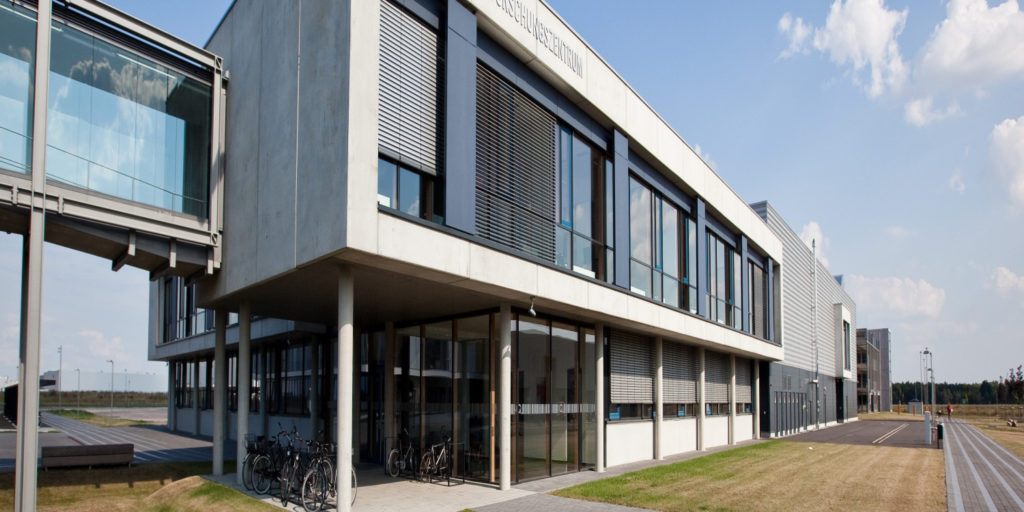Korea-based module manufacturing giant, Hanwha Q Cells achieved a turnover of $443 million in the first quarter of this year, up 2.5% from $430 million year-on-year.
The company's operating result, meanwhile, improved slightly from $28.3 million in the first quarter of 2017 to $33.1 million in Q1 2018, while net profit has almost doubled year-on-year from $17.6 million to $31 million.
Profitability improved, the company specified, thanks to its decision to shut down its wafer production in China, a well-timed shift in its geographical mix of shipments, and favorable raw material price movements.
“The company was able to maintain solid ASPs in a period in which major input prices, including but not limited to, wafers declined,” Hanwha Q Cells CFO, Jay Seo said in a statement.
As for its quarterly shipments, Hanwha Q Cells said they are in line with its Q4 guidance set forth in the Q4 earnings call.
Gross margin for the first quarter was 17.8%, which compares to 13.8% a year earlier and to 8.6% in the fourth quarter of last year, while quarterly capital expenditure reached $65.1 million.
“Europe has effectively replaced the U.S. as the company's number one market following the trade barriers placed in the U.S., and that sales in Europe are expected to pick up once the half-cell mono PERC modules gain wider acceptance,” said Hanwha Q Cells Senior Vice President of Global Sales and Marketing, Joo Yoon.
In its outlook for the Q2, the company said it expects to generate revenue in the amount of $490 million to $510 million, while for full fiscal year the guidance has been revised down from an expected shipment volume of 6 GW to 6.2 GW to a forecast volume of 5.6 GW to 5.8 GW. Hanwha Q Cells also predicts capital expenditures of approximately $145 million for manufacturing technology upgrades and certain R&D related expenditures in the current fiscal year.
As of the end of March 2018, the company’s in-house production capacities remained unchanged at 1.6 GW for ingots, 4.3 GW for cells and 4.3 GW for modules. Hanwha Q Cells said it has an additional 3.7 GW of annual module capacity from its unit Hanwha Q Cells Korea Corporation.
This content is protected by copyright and may not be reused. If you want to cooperate with us and would like to reuse some of our content, please contact: editors@pv-magazine.com.




By submitting this form you agree to pv magazine using your data for the purposes of publishing your comment.
Your personal data will only be disclosed or otherwise transmitted to third parties for the purposes of spam filtering or if this is necessary for technical maintenance of the website. Any other transfer to third parties will not take place unless this is justified on the basis of applicable data protection regulations or if pv magazine is legally obliged to do so.
You may revoke this consent at any time with effect for the future, in which case your personal data will be deleted immediately. Otherwise, your data will be deleted if pv magazine has processed your request or the purpose of data storage is fulfilled.
Further information on data privacy can be found in our Data Protection Policy.